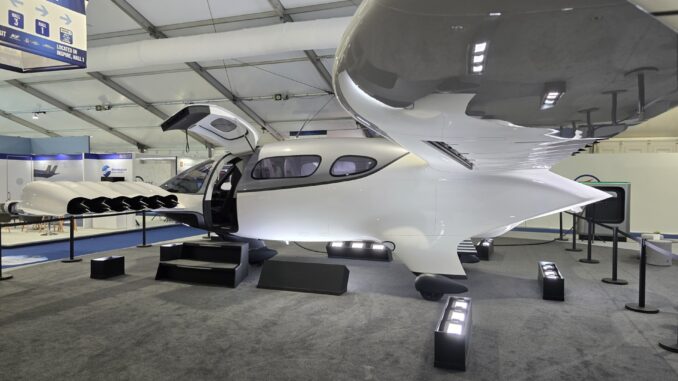
It may have been one of the strangest looking aircraft at Farnborough International Airshow 2024, and it certainly wasn’t the biggest, but the Lilium Jet caused quite a stir as a future transport solution and we got a pre-show invite to take a look!
The Lilium Jet is an Electric Vertical Take-Off and Landing (eVTOL) aircraft designed to transport 4-6 people comfortably being flown by a single pilot.
Aside from the personal use, which is perhaps further down the line, Saudia has seen some promise in this aircraft and has signed up for 50 of them to use as transport to and from airports for its premium customers.
One of the most striking features of the eVTOL is the sheer number of motors used on it, 30 in total, 18 on the main wing (9 on each side) and 12 on the canards (6 on each side). The motor pods can rotate through 90 degrees allowing the aircraft to transition from conventional flight to vertical take-off and landing mode. The motor set-up is known as distributed electric propulsion.
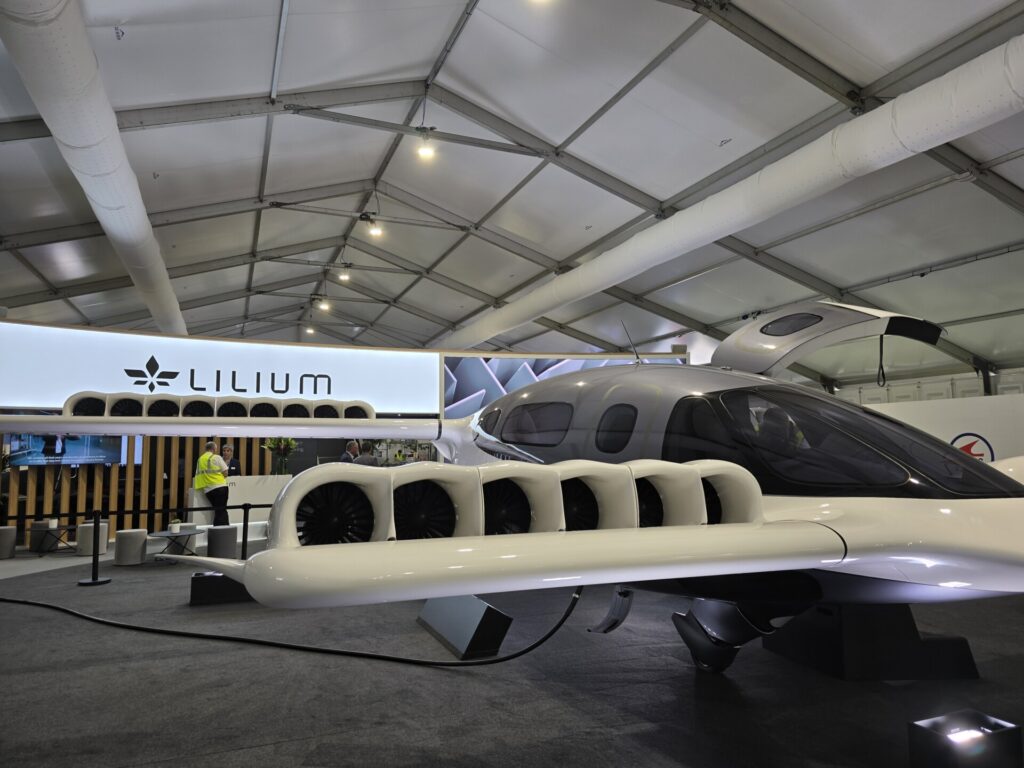
The Lilium Jet is also built with comfort in mind and its 4-seat cabin is a prime example of that. The landscape windows create a roomy atmosphere which is matched by its size. I am 6ft 2 and not the slimmest of men but I had no trouble moving around inside the aircraft.
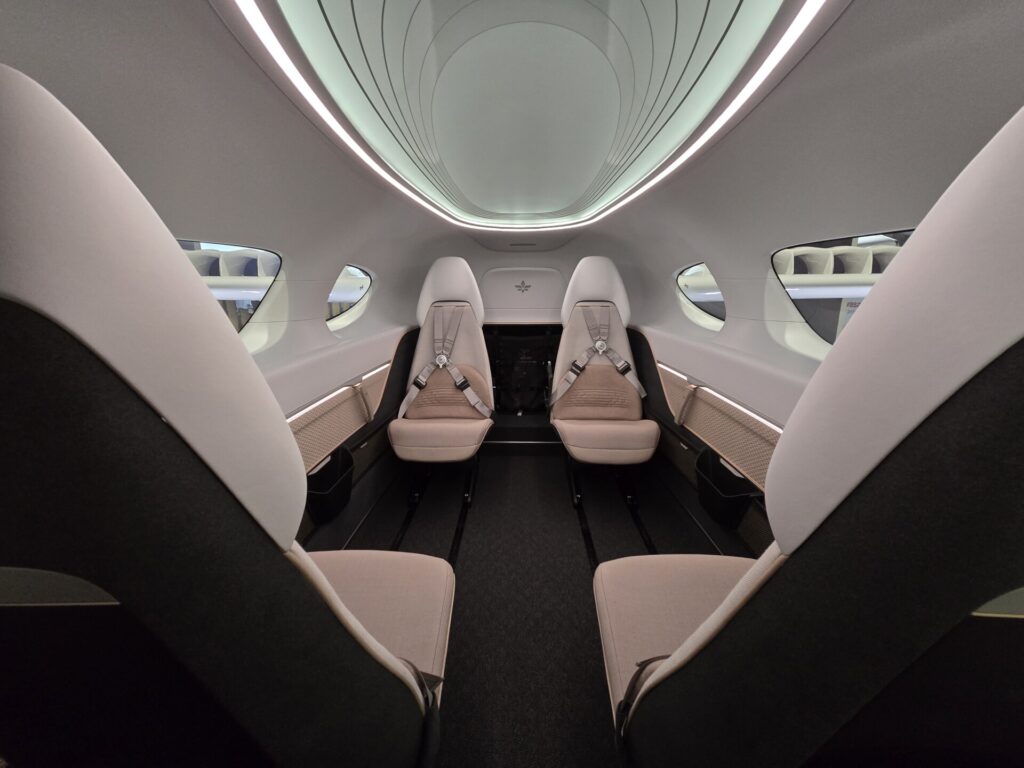
Safety at its heart
One of the core safety features of the Lilium Jet is its multiple redundant systems. This redundancy applies to critical components such as flight control, power distribution, and propulsion. By having backups in place, the aircraft can maintain functionality even if a primary system fails, enhancing overall reliability and safety during flight.
By using distributed electric propulsion Lilium also adds an extra layer of safety. In the event of an engine failure, the remaining engines can compensate, allowing the jet to continue its flight safely and land securely.
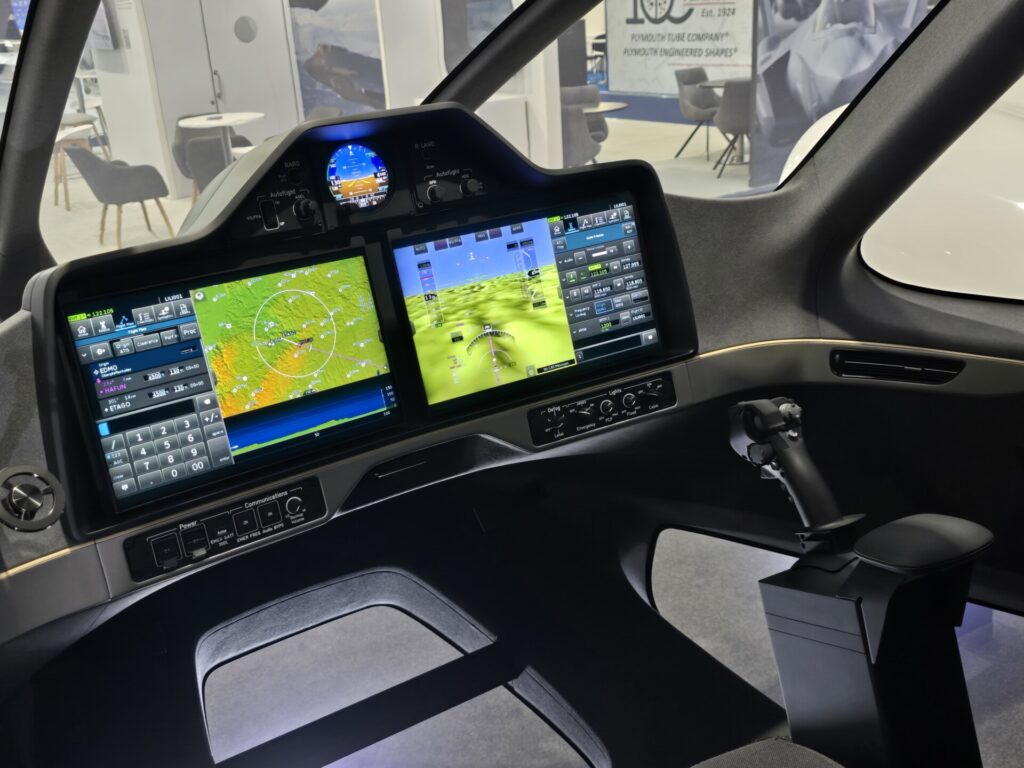
The jet is equipped with advanced flight control systems that use sophisticated software algorithms to manage and optimize flight dynamics. These systems provide enhanced stability and control, especially during critical phases such as takeoff and landing. The automated controls can make real-time adjustments to ensure smooth and safe operation, reducing the risk of human error.
As a final safety measure, the Lilium Jet features an emergency parachute system. In the unlikely event of a catastrophic failure, this system can be deployed to gently lower the aircraft to the ground, protecting its occupants from severe harm.
Pilot Training and Certification
Lilium places a strong emphasis on pilot training and certification. Pilots of the Lilium Jet will undergo rigorous training programs to ensure they are well-prepared to handle the unique aspects of flying an eVTOL aircraft. This comprehensive training helps to mitigate risks and enhance overall flight safety.
Lilium Jet Key Facts
- Type: Electric Vertical Takeoff and Landing (eVTOL) Aircraft.
- Manufacturer: Lilium GmbH, a German aerospace company.
- First Flight: The Lilium Jet prototype had its maiden flight in May 2019.
- Propulsion: Distributed electric propulsion with up to 36 electric jet engines.
- Speed: Capable of speeds up to 300 km/h (186 mph).
- Range: Designed to cover distances of up to 300 km (186 miles) on a single charge.
- Capacity: Planned to accommodate 4-6 passengers plus a pilot.
- Design: Features a fixed-wing design with ducted fans for vertical and horizontal flight.
- Noise: Designed to be significantly quieter than traditional helicopters, with a noise level below 60 dBA during takeoff and landing.
- Charging: Equipped with fast-charging capabilities to minimize turnaround time.
- Safety Features: Includes multiple redundant systems, advanced flight control, emergency parachute system, and high structural integrity.
- Environmental Impact: Zero-emission aircraft, fully electric with no direct CO2 emissions.



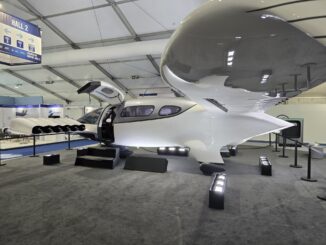

So is ot 30 or 36 electric motors….or jet engines ?
186kph and range of 186km….so one hour max flight ?